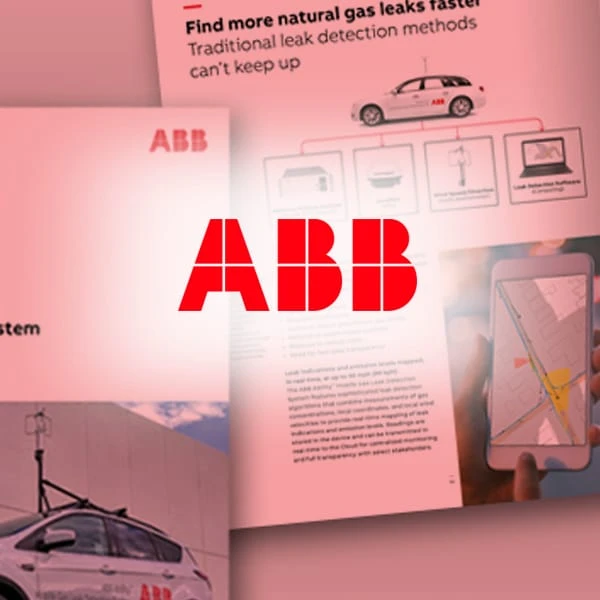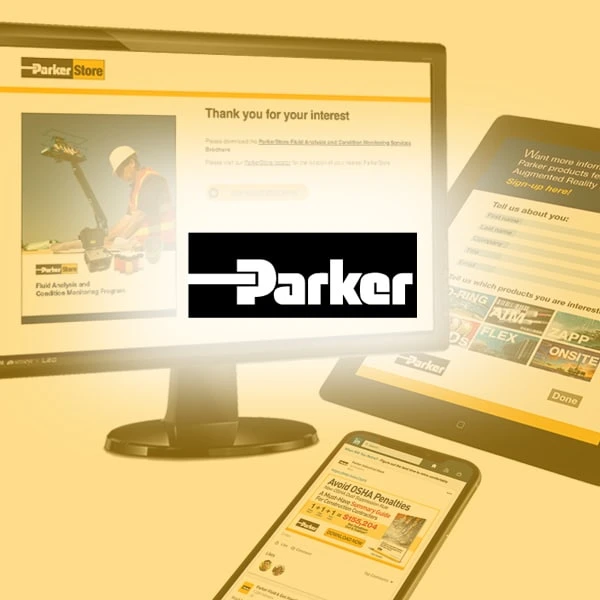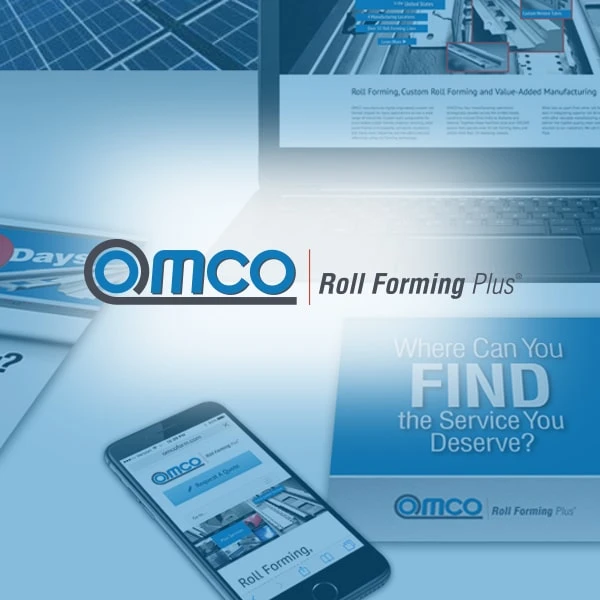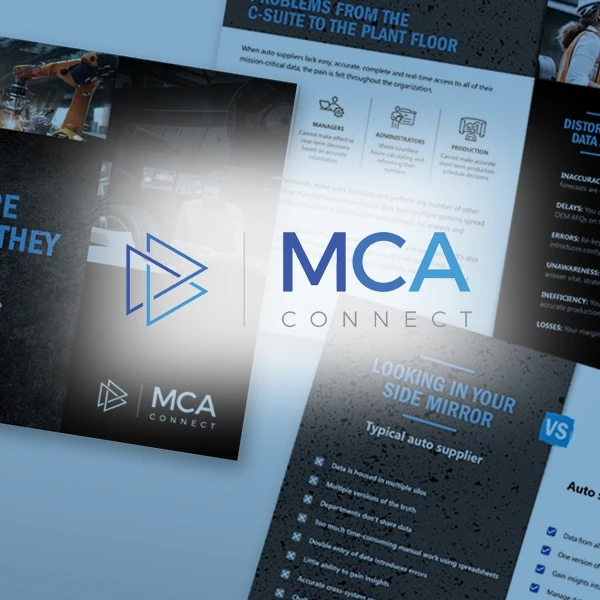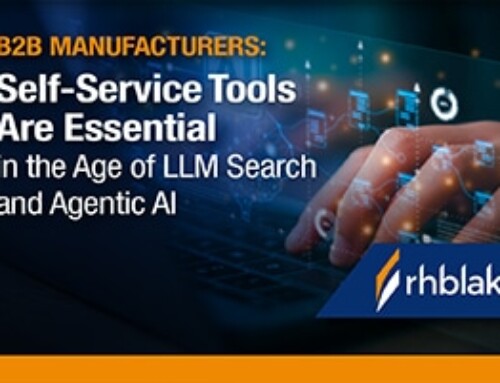Marketing a product that buyers perceive as a commodity is one of the toughest challenges in B2B manufacturing. This perception of commoditization arises when buyers see little to no differentiation between your offering and competing products. Whether it’s raw materials, standardized components, or basic machinery, buyers often believe any option will do as long as it meets the required specifications.
How to Stand Out with Thought Leadership When You Manufacture a Perceived Commodity
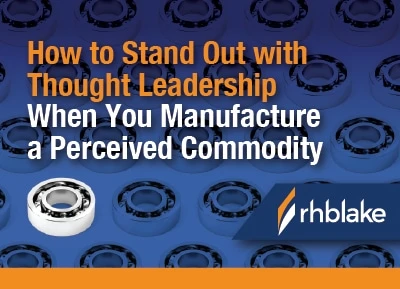 Marketing a product that buyers perceive as a commodity is one of the toughest challenges in B2B manufacturing. This perception of commoditization arises when buyers see little to no differentiation between your offering and competing products. Whether it’s raw materials, standardized components, or basic machinery, buyers often believe any option will do as long as it meets the required specifications.
Marketing a product that buyers perceive as a commodity is one of the toughest challenges in B2B manufacturing. This perception of commoditization arises when buyers see little to no differentiation between your offering and competing products. Whether it’s raw materials, standardized components, or basic machinery, buyers often believe any option will do as long as it meets the required specifications.
The unseen cost of a commodity product
Products perceived as commodities often face the following hurdles:
- Little perceived differentiation: Buyers view them as interchangeable. For instance, bolts, bearings and generic industrial lubricants often fall into this category. As long as the product meets the specification—or is considered “equivalent”—it’s acceptable.
- Race to the bottom on price: With little differentiation, customers base their decisions almost entirely on cost. This leads to price wars where manufacturers are forced to compete solely on who can provide the lowest bid.
- Little brand loyalty: Buyers are quick to switch suppliers for minor price savings, further eroding long-term customer relationships. If they can save a nickel on a length of pipe they will, if they consider that pipe to be nothing more than a commodity.
- Search engine overload: Commodity markets are saturated with technical documents like spec sheets and product sheets. This makes it difficult for manufacturers to stand out or rank well in search engines when buyers are searching for solutions.

Differentiating through thought leadership
One of the most effective ways to stand out in a commoditized market is to invest in thought leadership. By shifting the conversation from product specs to business value and industry expertise, manufacturers can rise above the competition.
Leverage the power of thought leadership
- Focus on value: Instead of just touting technical specs, emphasize how your product adds value to your customer’s business. Highlight cost savings, efficiency improvements, or risk reductions.
- Provide solutions: Showcase how your product solves real-world problems. For instance, if you manufacture bearings, focus on how they help reduce downtime in high-stress machinery.
- Demonstrate expertise: Share insights on industry trends, best practices, or innovations that affect your customers.
- Offer educational content: Help your buyers understand their challenges and how to overcome them. For example, write guides on maintenance strategies, efficiency improvements, or regulatory compliance. As we reveal in our 2025 Thought Leadership in Manufacturing Report, 88% of decision-makers are more receptive to sales outreach from organizations that produce thought leadership.
The key is to differentiate through your knowledge, not your price.
Examples of Perceived Commodity Products in B2B Manufacturing
Steel tubing:
Often judged solely on diameter, wall thickness and grade.
Fasteners:
Screws, bolts and nuts are typically viewed as interchangeable, provided they meet strength requirements.
Industrial filters:
As long as they meet particle retention standards, buyers see little reason to prefer one brand over another.
Electrical connectors:
Buyers often prioritize compatibility and specifications, overlooking potential differences in durability or service life.
Pallets:
Frequently considered basic tools for logistics, with little attention paid to durability, sustainability, or cost savings from extended lifecycle use.
How to pick a thought leadership topic
To create effective thought leadership with a perceived commodity product, take your focus off the product. Do this instead.
Instead of writing another spec sheet, explore how your product is used in real-world scenarios. For instance, a manufacturer of industrial lubricants could discuss how the right lubrication extends equipment life and minimizes downtime.
Identify and address the specific challenges your buyers face. If you produce steel tubing, for example, create and publish thought leadership content about best practices for preventing corrosion in harsh environments. Our research shows that 87% of decision-makers in the B2B manufacturing space say thought leadership leads them to research products, services and solutions they have not previously considered.
Your buyers have questions—so answer them. Create content around FAQs such as: How do I choose the right filter for my industrial HVAC system? What’s the difference between Grade 8 and Grade 5 bolts? How can I reduce waste in my logistics processes?
- Improved ROI: Show how your product reduces operating costs or increases production efficiency.
- Lowered risk: Discuss how using your product mitigates risks, such as equipment failure or regulatory non-compliance.
- Improved processes: Highlight how your product optimizes workflows or reduces bottlenecks.
- Increased productivity: Demonstrate how your solution helps businesses achieve more with less.
- Shop floor personnel: Focus on operational benefits, such as ease of installation or maintenance tips.
- C-Suite executives: Emphasize strategic advantages, like long-term cost savings or alignment with sustainability goals.


Escape the commodity cycle
Thought leadership is your way out of the commodity trap. By providing educational, insightful and solution-oriented content, you shift the focus from price to value—and build trust with your audience.
For example, instead of a spec sheet comparing fasteners, create a guide titled, “How to Reduce Downtime with the Right Fastener Selection.” Or, rather than creating a standard brochure on industrial filters, publish a whitepaper titled, “Maximizing Air Quality and Energy Efficiency in Industrial HVAC Systems.”
In a world where buyers often see B2B products as interchangeable, thought leadership makes your brand stand out. By focusing on the bigger picture—solving problems, educating your audience and highlighting business value—you position your company as a trusted partner, not just another supplier. In other words, you stand out in a sea of me-too competitors.
If you need help creating effective thought leadership, read our 2025 Thought Leadership in Manufacturing Report, then let’s talk.

"You guys met our expectations in every way. It [RH Blake Market Research] was the information we were looking for. Congratulations and Thank You!"
 Scott Griggs
Scott Griggs
Director of Services for Food Manufacturing and Food Service
ALS Global

"“I’ve gotten all that I’d hoped for from the RH Blake Growth Roadmap™ and more. Based on the research and insights, we adjusted our offering scope and sales approach. And this adjustment has been effective at generating new opportunities."
 Diane Reko
Diane Reko
President
REKO International

"RH Blake has been an outstanding partner. They deliver creativity, on time, and always so professional. We love working with them because of their perspective, support, and their efficiency in turning projects around quickly."
 Samantha Spano
Samantha Spano
Digital Product Marketing & Communications Manager
Industrial Automation Energy Industries
ABB
Related Clients






